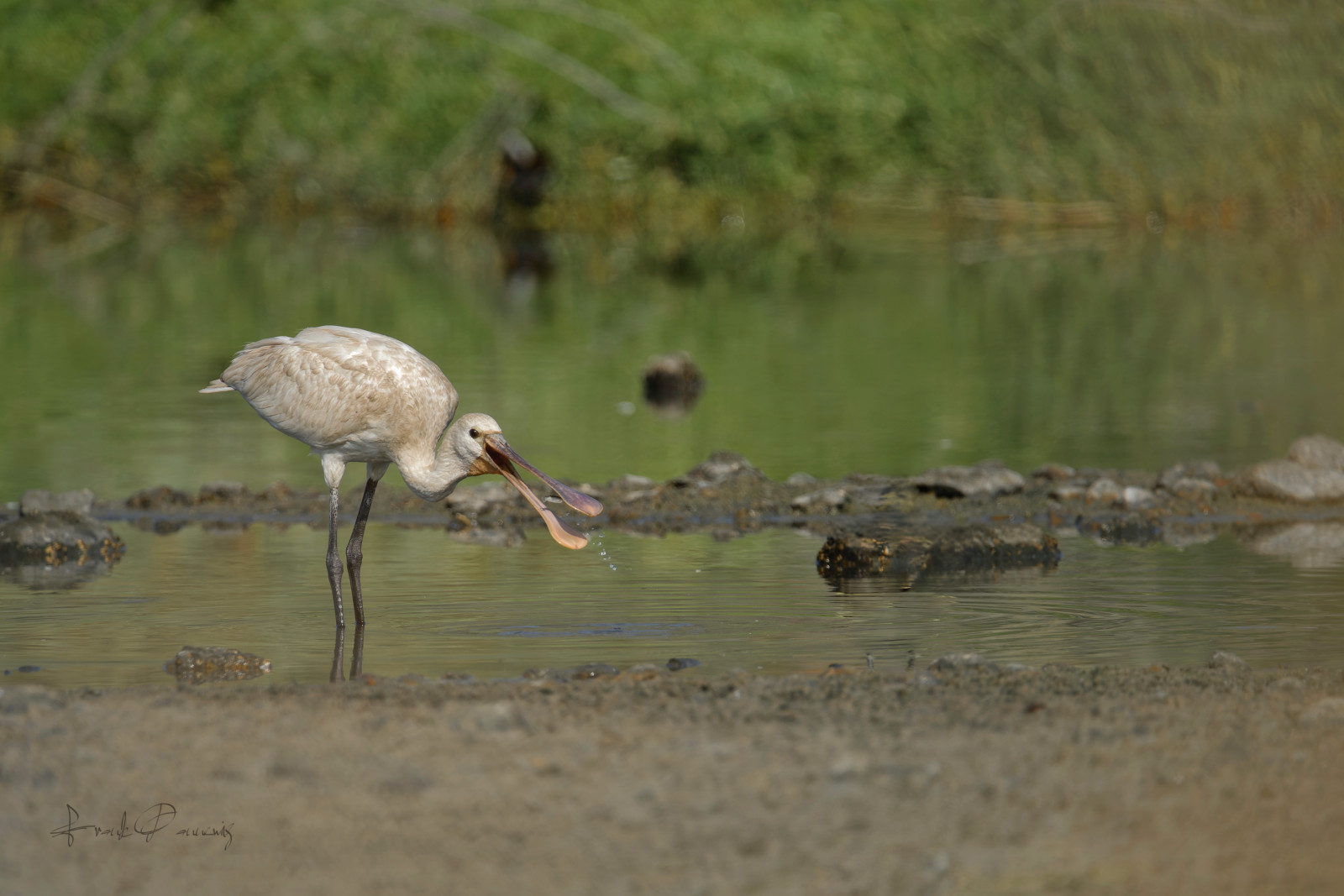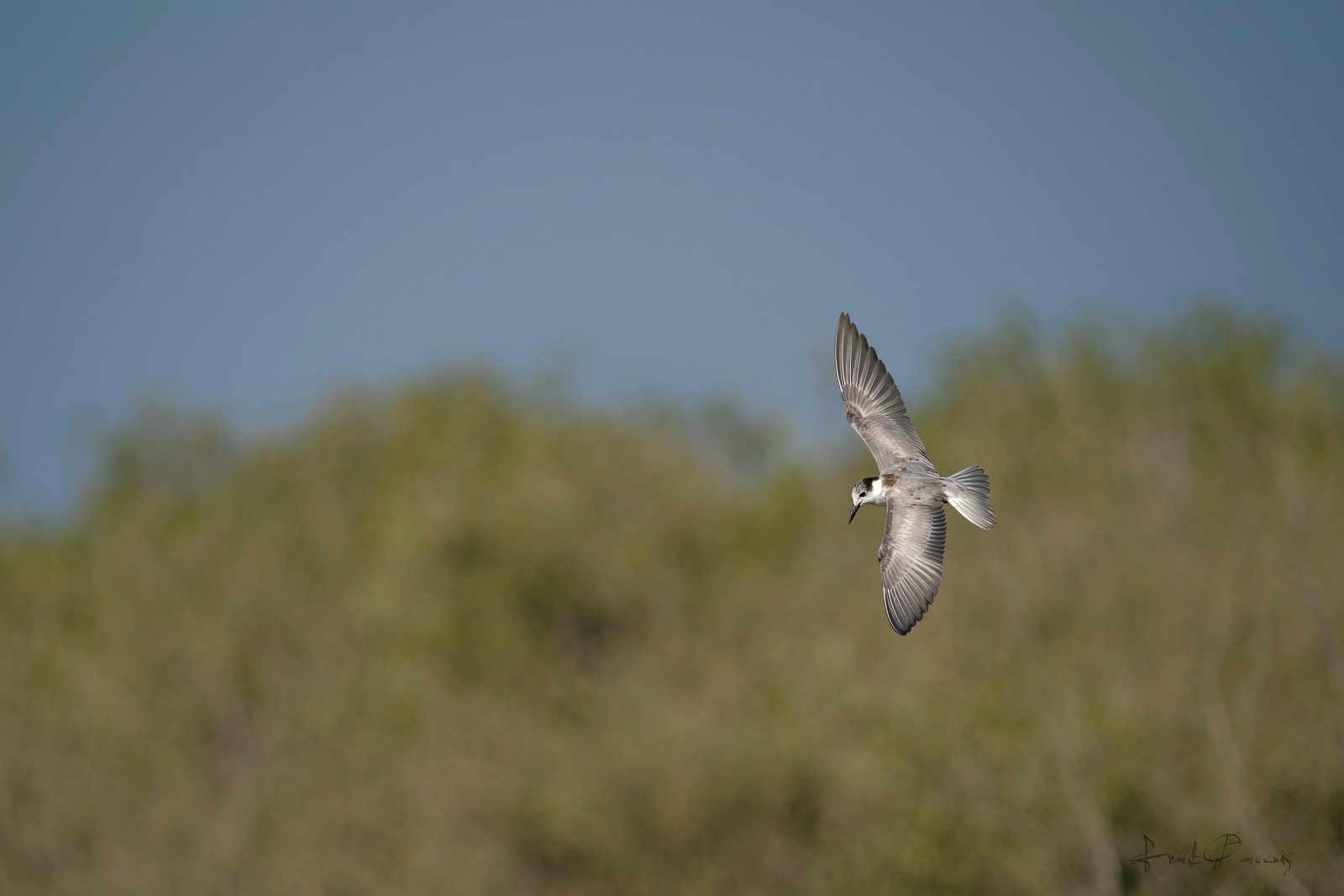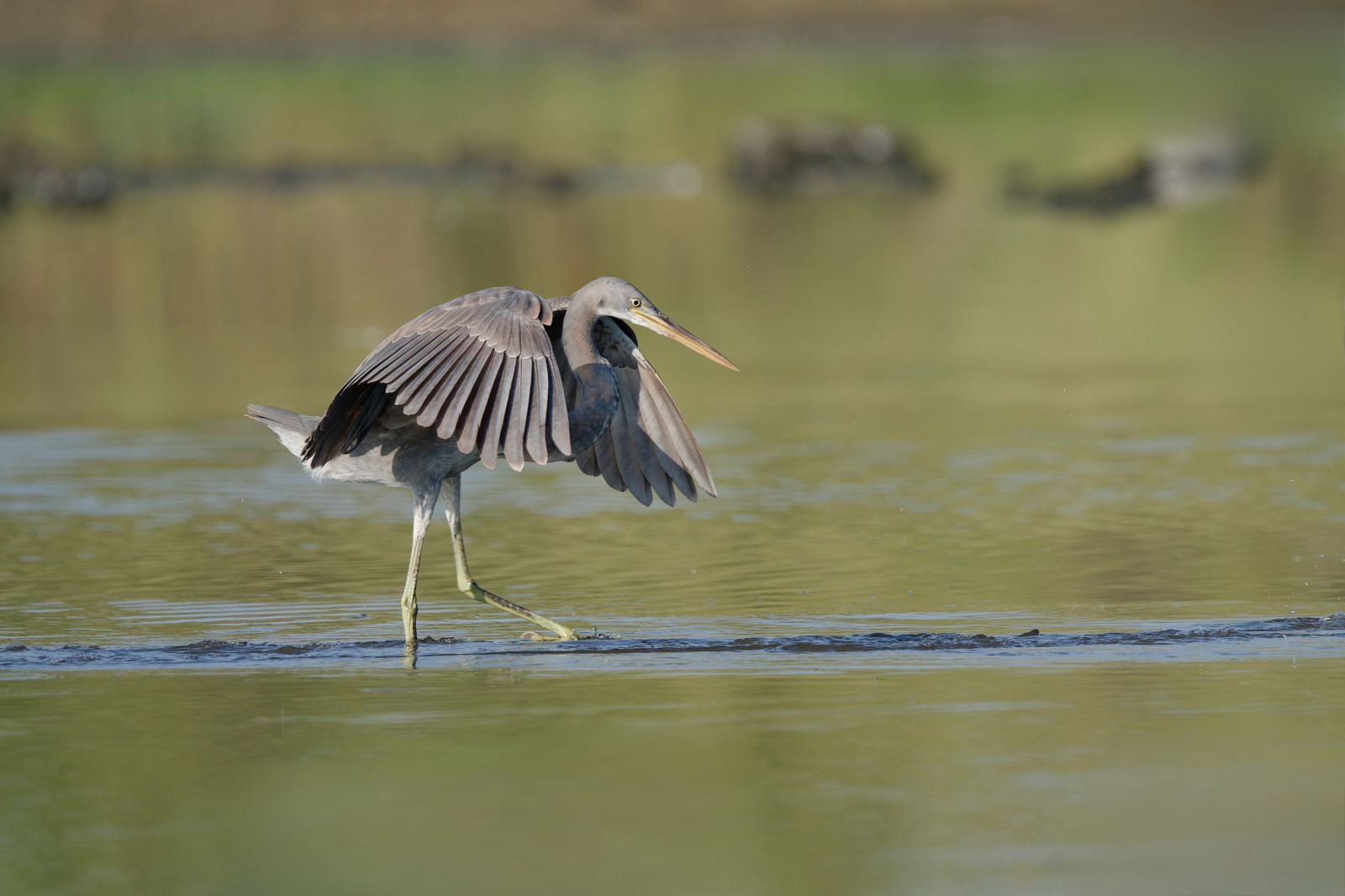Charger images
Les formats d'image autorisés sont de type jpeg, png ou gif
La taille maximale du fichier doit être de 20MB



One of the largest areas of natural mangrove forests along the east coast of the Arabian Peninsula. Almost 200 bird species have been recorded.
Al Qurm Beach and Lagoon are located in the heart of the capital city of Muscat, facing the Gulf of Oman at the foot of the Hajar Mountains. The site is internationally important as it supports one of the largest areas of natural mangrove forests along the east coast of the Arabian Peninsula. Almost 200 bird species have been recorded in the area. The beach, wadi's and lagoons at Al Qurm are a good place for gulls, terns and waders. For example Sooty Gull, Goéland railleur, Goéland ichthyaète, Sterne à joues blanches, Sterne voyageuse, Guifette moustac, Sterne huppée, Sterne de Saunders, Sterne caspienne, Échasse blanche, Pluvier fauve, Vanneau indien, Tibetan Sand Plover, Gravelot de Leschenault, Courlis corlieu, Bécasseau de Temminck, Chevalier aboyeur and Chevalier bargette.
In the surrounding fields you can see species such as Francolin gris, Corbeau brun, Rollier indien, Souimanga asiatique and Guêpier d'Orient. Also Asian migratory birds such as Pie-grièche isabelle and Pie-grièche du Turkestan.
Al Qurm Beach is located on the coast east of the city of Muscat. You can overlook the area from the high beachroad. This busy road along the beach has a wide sidewalk on both sides. On the lagoon side it is slightly wider and you can have a good view of the wadi's from the sidewalk, the parkings and the restaurants. On the beach side there are some lookout posts on the sidewalk where you have a perfect view of the whole beach. There are plenty of parking spaces on both sides of the road. The best places for birdwatching are the two places where the wadi flows under the road to the sea. Click on a P in the map for directions or coordinates to a parking spot.
Votre feedback sera transmis à l’auteur.rice de cette zone et à l’équipe éditoriale de Birdingplaces, qui l’utiliseront pour améliorer la qualité des informations. (Vous souhaitez publier un commentaire visible en bas de page ? Fermez cette fenêtre et choisissez l’Option 1 : « Publier un commentaire, un conseil ou une observation ».)
Veuillez fournir des suggestions d'améliorations ou d'ajouts au texte de ce site ornithologique.
Veuillez fournir vos suggestions d'améliorations ou d'ajouts à la carte.
Veuillez fournir des suggestions d'améliorations ou d'ajouts à la liste des oiseaux.
Cliquez sur l'icône de l'oiseau () Insérez les noms d'oiseau dans votre langue. Ils seront automatiquement traduits pour les autres usagers !